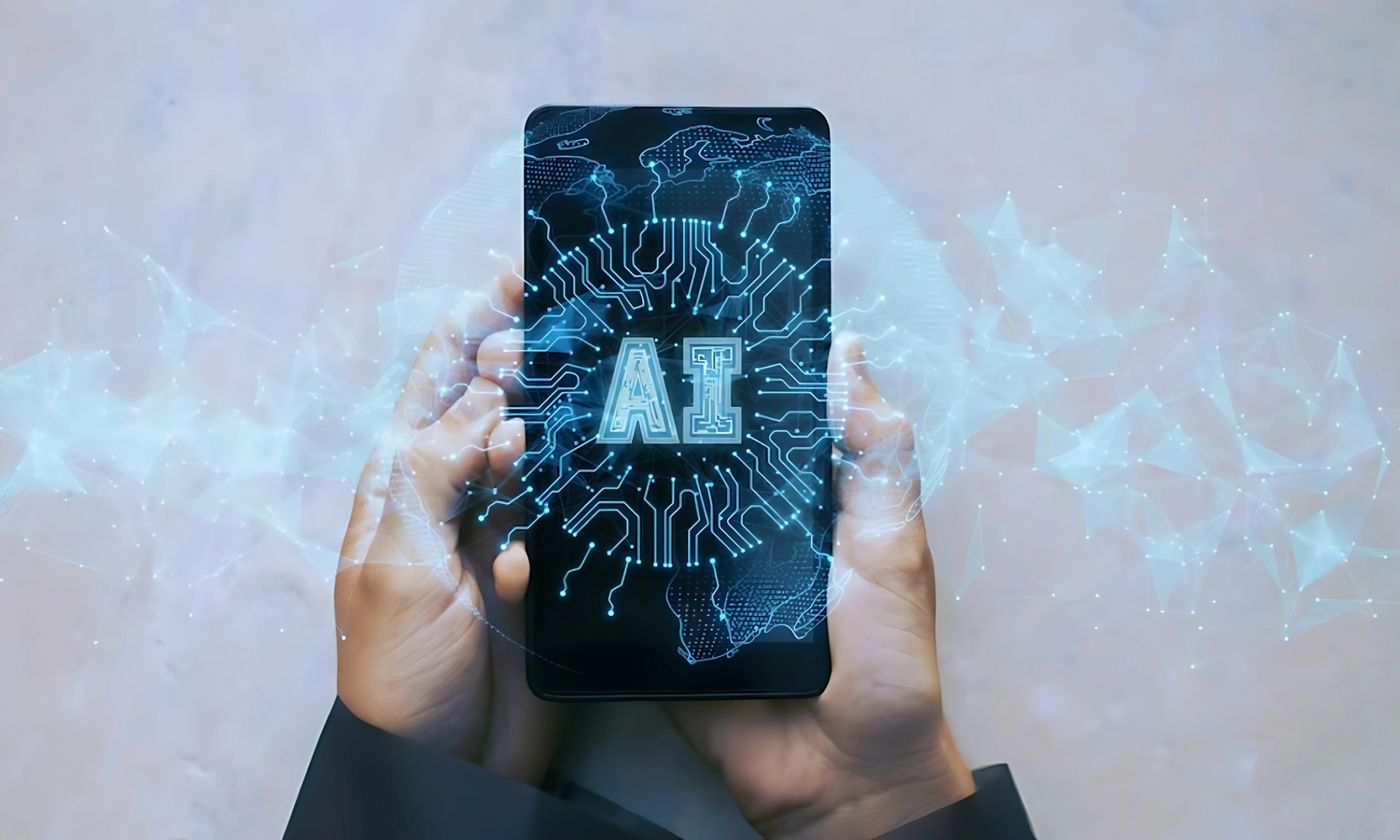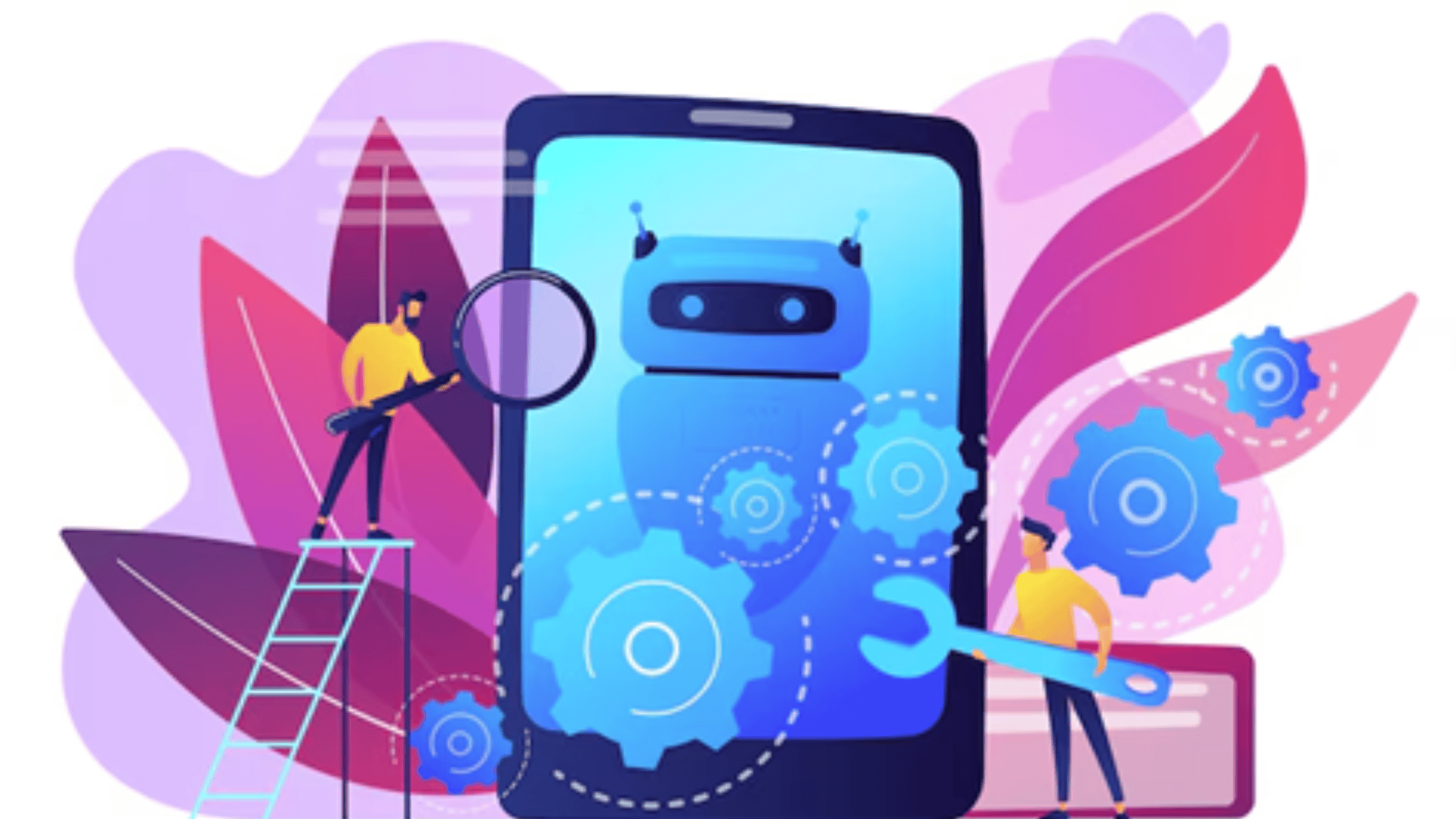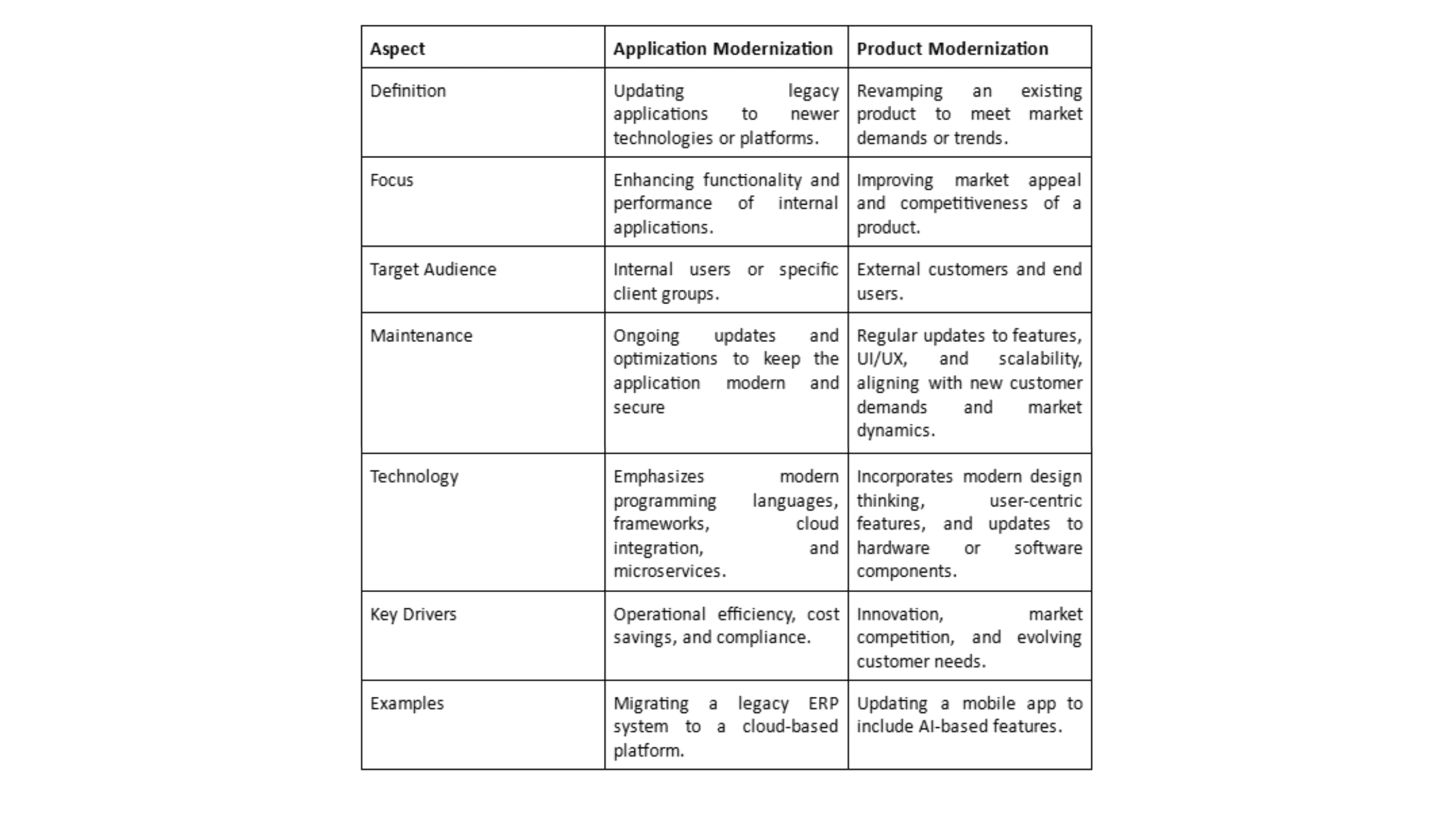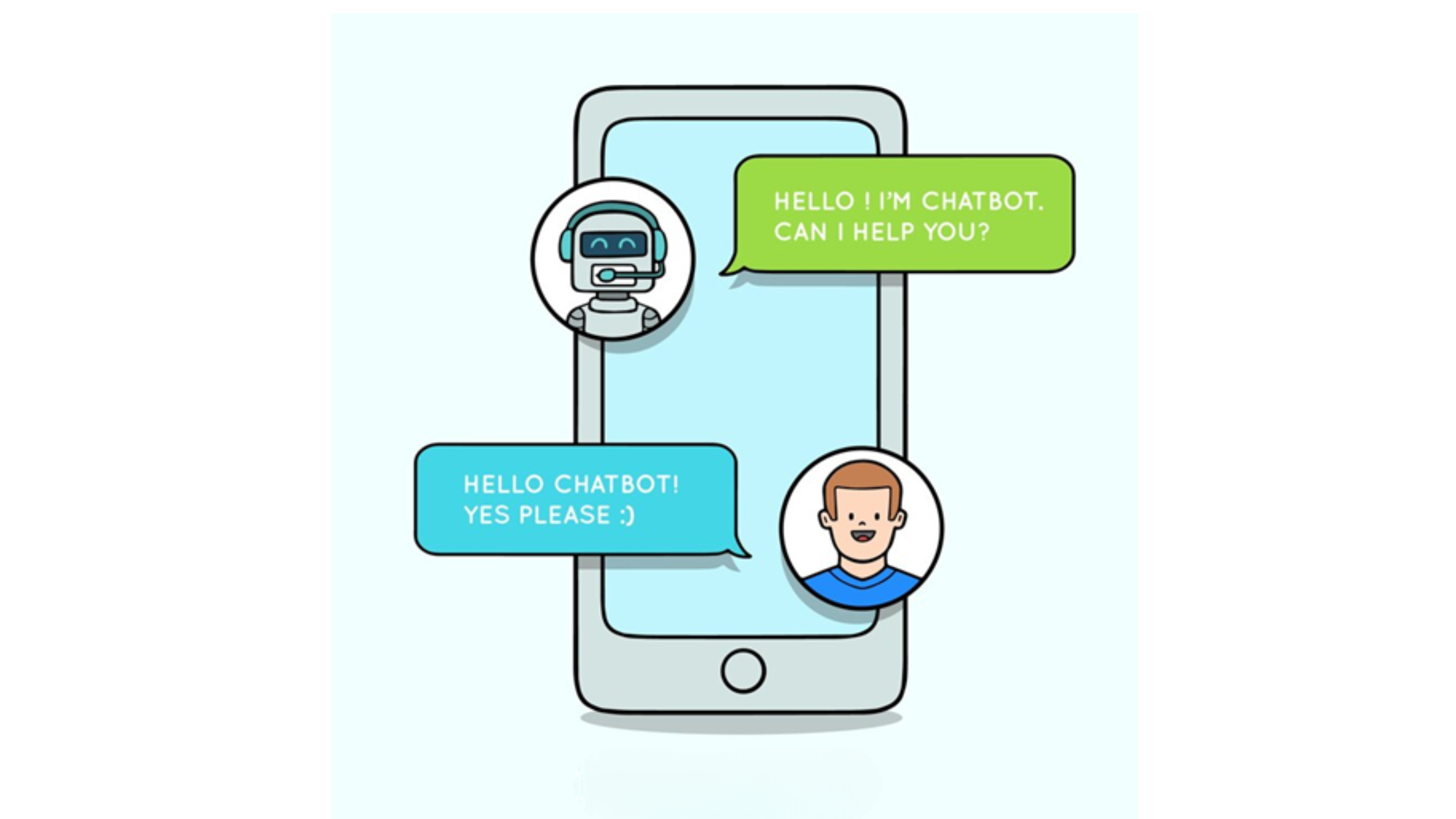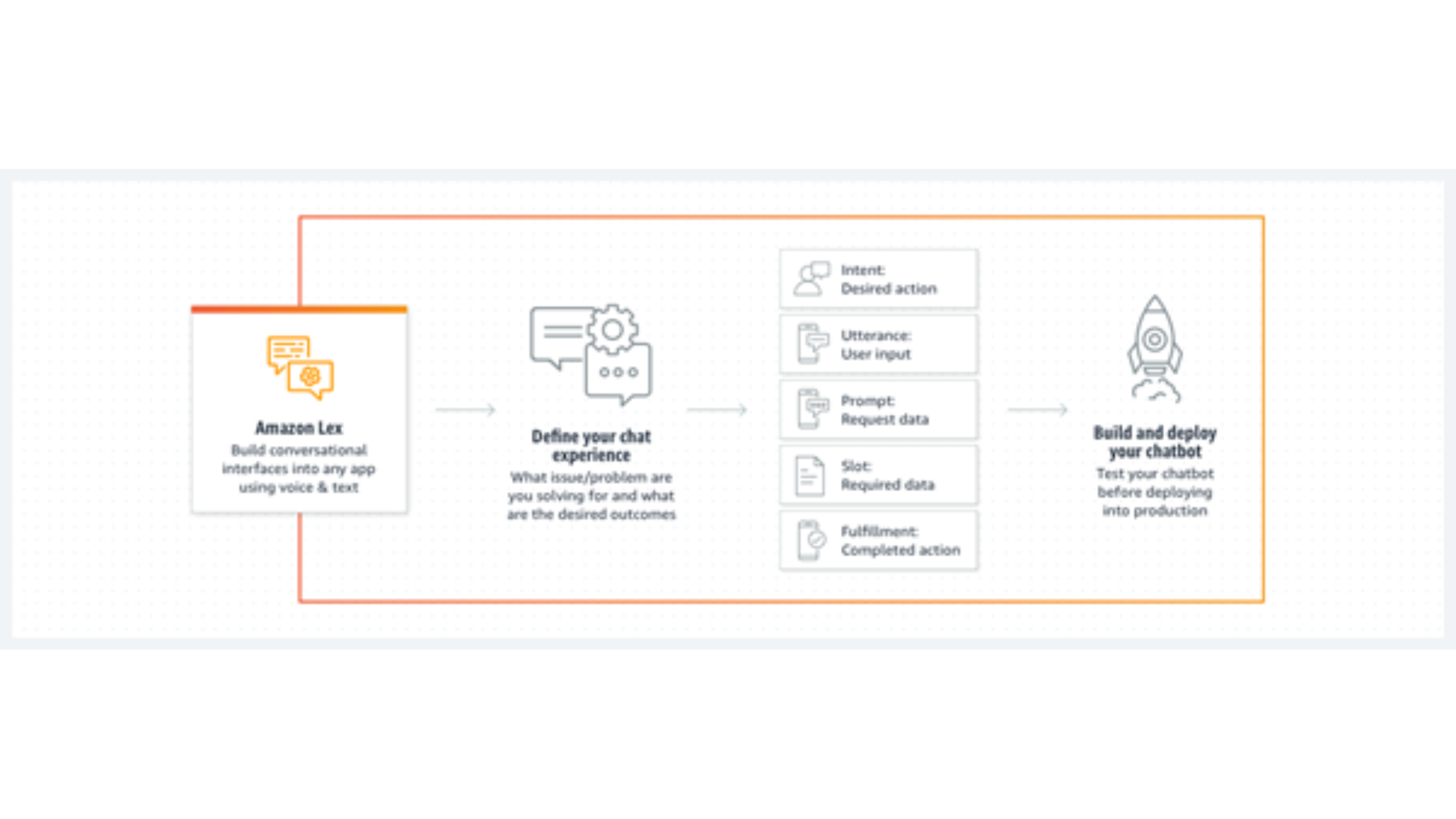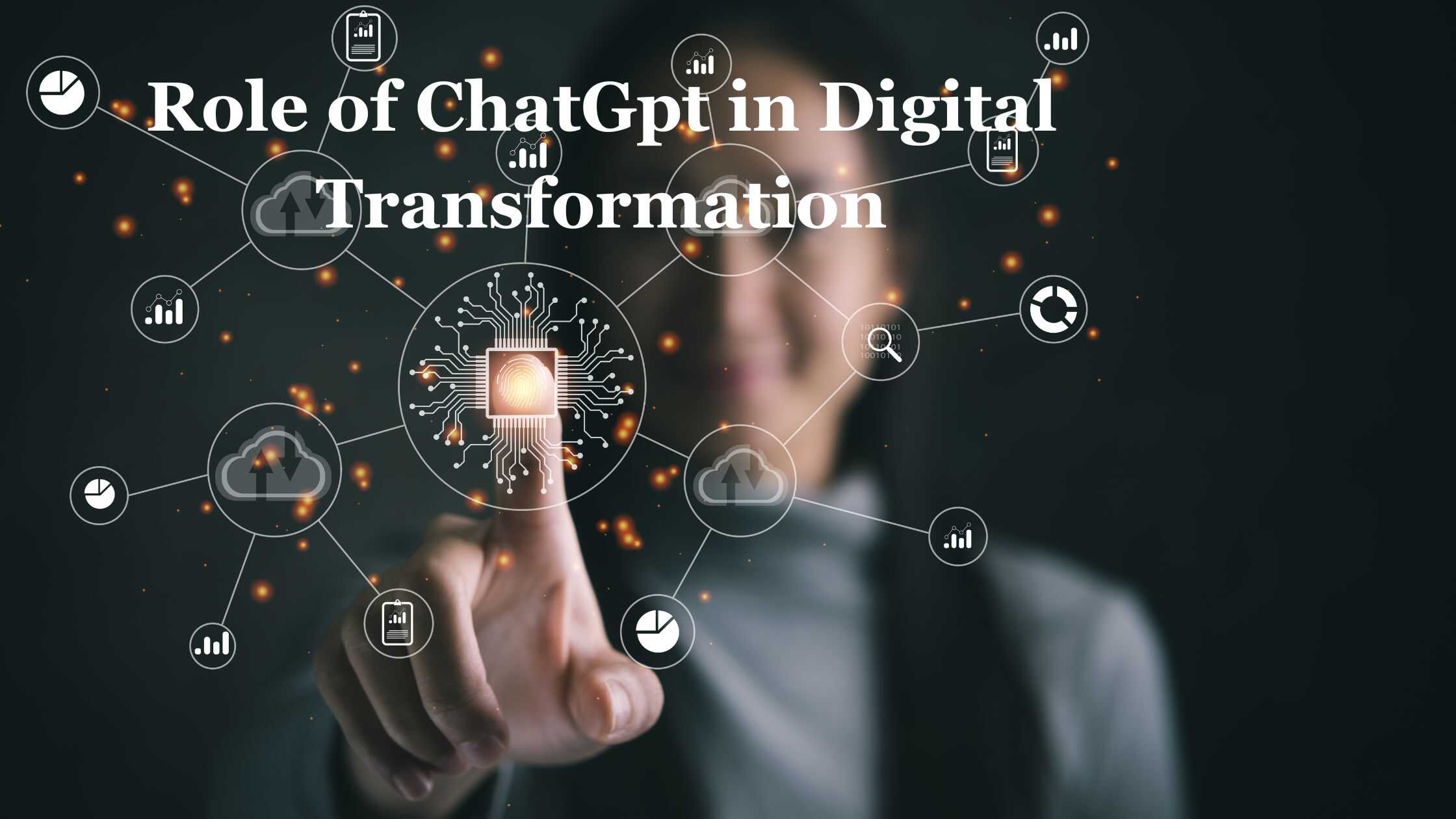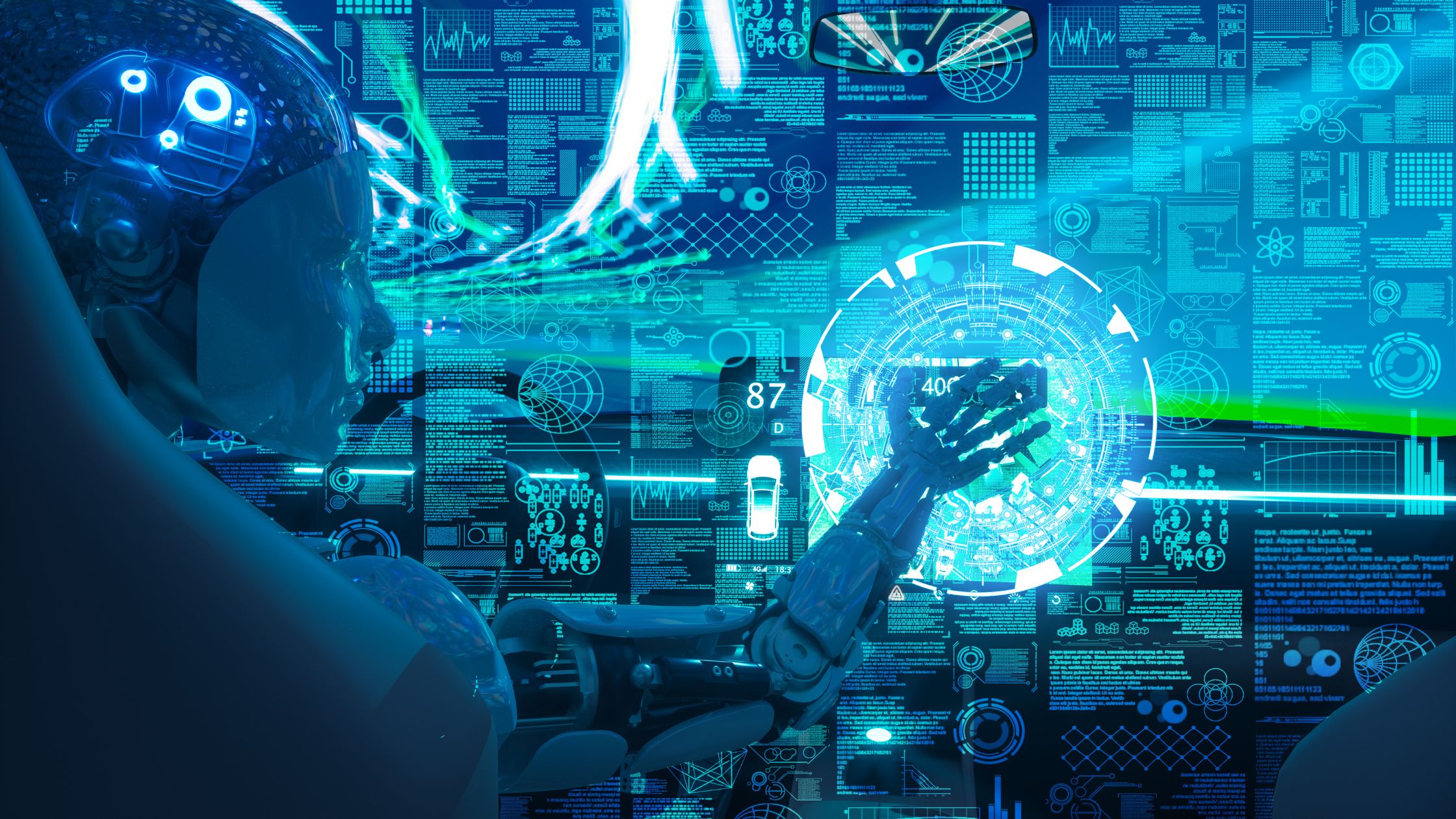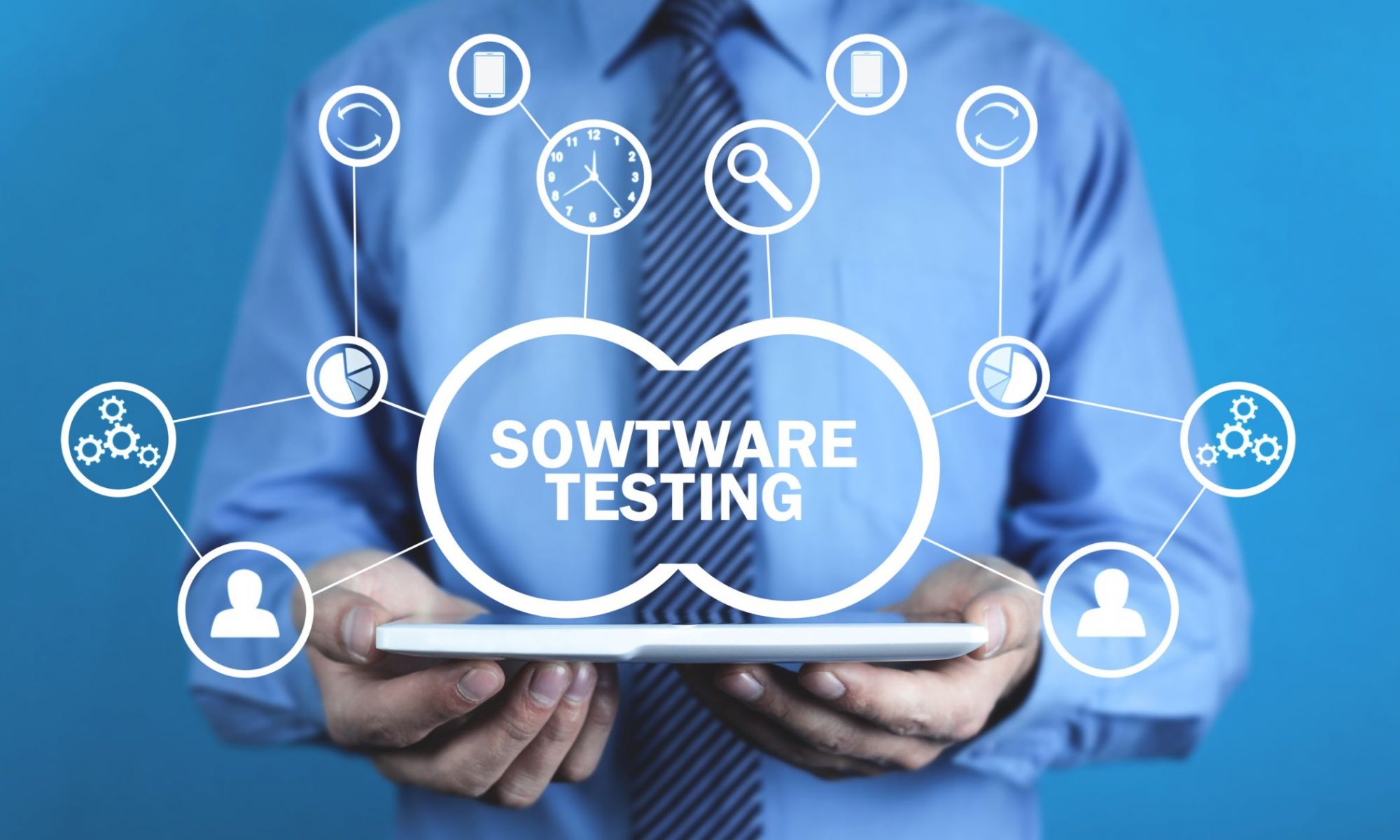Introduction:
The tech landscape has witnessed an explosion of generative AI and app development advancements during 2024. This article delves into the key trends that defined this transformative year, offering a comprehensive understanding of generative AI’s impact on app development, the burgeoning demand for AI consulting, and the strategic importance of hiring skilled AI developers.
What’s Next for Gen AI: Moving Past the Hype and Into the Future
In the year 2024, generative artificial intelligence made waves by transitioning from a term to a powerful and practical technology being used across sectors. The potential of Gen AI to produce was not the only reason that businesses welcomed it; it also could improve efficiency and open up additional revenue sources. As we go deeper into the major areas where Gen AI has had the biggest influence, we will discuss:
1. Education
Gen AI has completely reimagined the educational system, particularly in areas that have been historically underserved. Take, for instance, the RobotsMali program in Bamako, Mali, where educators such as Alou Dembele use language translation and translation technologies such as ChatGPT and Google Translate to make storybooks in the local languages. These AI-powered learning resources personalize instruction for youngsters, assisting them in better-comprehending topics while also allowing them to do it in their local language.
These kinds of projects highlight how general artificial intelligence has the potential to democratize access to excellent education by giving educators the tools necessary to personalize students’ educational experiences and save them time on administrative work.
2. Content Creation and Design
The production of content has evolved from being labor-intensive to being collaborative thanks to technologies driven by AI. Through the use of tools such as MidJourney, DALL-E, and Playground, designers were able to rapidly make pictures of high quality while also avoiding cultural prejudices and preconceptions. For example, designers and NGOs utilized AI to localize educational and marketing products’ images to ensure cultural relevance in locations with low resources.
3. Healthcare
In order to provide real-time diagnostics and administrative help, artificial intelligence models such as ChatGPT. Using AI chatbots, for instance, medical clinics in remote regions were able to translate medical information into local languages. This enabled medical professionals to treat a greater number of patients with minimum delays.
What was Gen AI’s Impact on App Development?

If 2023 was the tip of the iceberg for AI integration into app development, 2024 turned out to be the year when the rubber hit the road. Generative AI has been the secret sauce in speeding up development cycles, jazzing up user experience (UX), and paving the way for more intuitive interfaces. Here’s the lowdown:
1. Faster Prototyping with AI Co-Pilots
AI co-pilots, such as GitHub Copilot, have become vital for developers, allowing them to automate monotonous coding activities while focusing on higher-level problem-solving. Developers may prototype apps quicker than ever before by creating frameworks, debugging in real-time, and recommending code snippets.
2. Low-Code/No-Code Platforms
Gen AI’s integration into low-code and no-code platforms has simplified the process of app development even more. Business analysts and non-technical stakeholders might create functioning apps utilizing natural language prompts to develop processes and interfaces. This approach lowered reliance on professional coders and enabled firms to innovate rapidly.
3. Personalized User Experiences
Gen AI’s ability to evaluate massive datasets in real time enables developers to build highly tailored user experiences. Whether it was e-commerce apps advising hyper-specific items or fitness apps giving individualized exercise routines, AI-driven customization has become a distinguishing characteristic of modern applications.
Crucial Challenges and Ethical Considerations
Despite the new-found AI potential, 2024 identified major hurdles that Gen AI and app development must face to maintain progress:
1. Bias and Inclusivity
AI-generated content frequently mimics the biases present in training data. Developers faced increased attention for ensuring AI results were inclusive and culturally sensitive. For example, teams developing educational applications have to deliberately choose training datasets to avoid Eurocentric narratives dominating the learning experience.

2. Data Privacy
The use of AI on user data for customization has raised issues about data security and privacy. Governments throughout the world began implementing stronger restrictions, mandating developers to use powerful data anonymization techniques and safe data storage procedures.
3. Job Displacement
Generative AI’s efficiency in app creation and other fields generated concerns about job loss or fewer job opportunities. While AI technologies removed duplicate jobs, they also highlighted the importance of upskilling, encouraging businesses to engage in reskilling programs for their employees.

Top 3 Key Learnings from 2024
Reflecting on the tech landscape of 2024, a few key takeaways shine through, including:
1. AI is a Partner, Not a Replacement
AI serves as a companion on our journey, not a substitute for our unique talents and creativity. From educators in Mali to tech wizards in Silicon Valley, the prevailing notion is that AI serves as a powerful catalyst. It doesn’t take the place of human creativity but rather enhances it, like adding fuel to a fire. As Alou Dembele put it, “While AI doesn’t replace what I’m supposed to be doing as a teacher, it saves me an enormous amount of time.”
2. Context is Everything
The triumph of AI-driven tools rests on their ability to hit the nail on the head when it comes to context. Applications and content crafted without a grasp of local subtleties run the risk of missing the mark and leaving their intended audience out in the cold. This year marked a significant advancement in AI systems that prioritize cultural and linguistic relevance, ensuring that inclusivity is seamlessly integrated into every output.
3. Iterative Innovation is Key
The swift progression of AI and app development underscored the importance of agility. Developers and businesses who quickly adopted iterative, feedback-driven processes outpaced their competitors who were slow to adopt these revolutionary advancements.
What’s Next for 2025?
The momentum from 2024 propels us into 2025, unveiling a world of exhilarating opportunities. Some predictions for the upcoming year encompass:
1. Generative AI Governance
The rapid progress of Gen AI has rendered regulatory frameworks obsolete. Anticipate a clearer roadmap for ethical AI practices, with an emphasis on shining a light on transparency and holding ourselves accountable for the outcomes driven by AI.
2. Enhanced Collaboration Between Humans and AI
Future AI tools are set to pave the way for richer collaboration, enabling users to offer more detailed feedback and mold AI outputs on the fly. This trend is bound to pave the way for even broader acceptance across various sectors.
3. AI-Powered App Ecosystems
Individual apps and holistic ecosystems will increasingly blur, making differentiation difficult. AI will serve as the backbone of interconnected app networks, providing a smooth and cohesive user experience across various platforms.
Conclusion
Reflecting on 2024, it’s clear that generative AI has reshaped the realm of app development, highlighting its potential to drive innovation across industries. As we move into 2025 and beyond, the trends established this year will be pivotal in guiding technological advancements. Embracing the democratization of development tools, the rise of AI consulting, and the necessity of skilled AI developers will be crucial for organizations seeking to leverage AI responsibly and effectively. By positioning themselves to adapt and innovate, businesses can unlock new possibilities for growth and success in the ever-evolving tech landscape.







